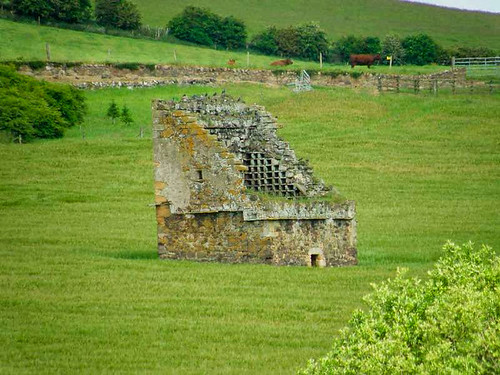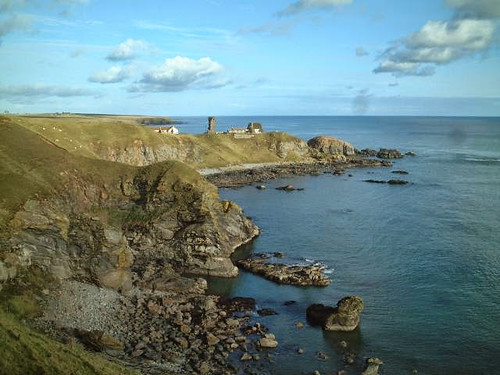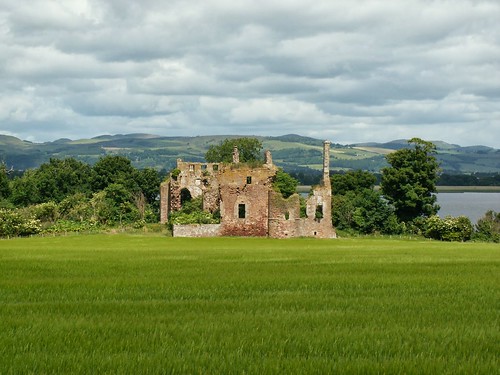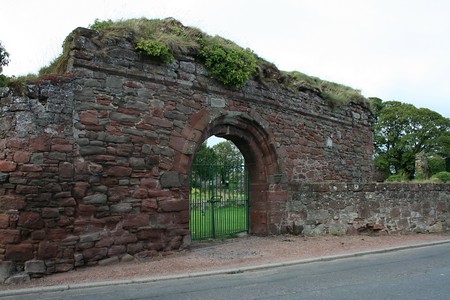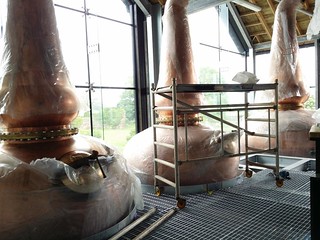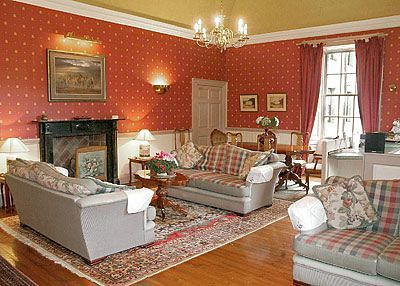Newburgh
Visitor's guide to Newburgh in Fife. Includes details on history and what to see and do.
Phone code: +44 (0)1337
Lying on the south shore of the River Tay, close to Fife's western boundary, Newburgh is a Royal Burgh with a pretty little harbour and a long history. On the hill to the south of the town are the remains of MacDuff's Cross, the legendary place of sanctuary for any MacDuff who had committed a murder in hot blood. To achieve pardon, the murderer had to touch the cross, wash himself nine times at Ninewells nearby and forfeit nine cows, each of which had to be tied to the cross.
Newburgh's History
The story of Newburgh, however, dates back much further than its abbey. A thousand years earlier, history was already being made on the eastern outskirts of the town, at Carpow. Here, in 208 AD, the Romans built a great fortress which was to be the base for their campaign against the tribes of Angus and Mearns. Unlike England, Scotland never became Romanized, and the fortress at Carpow was eventually demolished by the Romans when they withdrew to the south. Evidence of human settlement around Newburgh extends even further back in time. People built and lived in the hillfort on top of Norman's Law during the last four centuries BC. Today, its remains are accessible by public footpath from the roads north and south of the Law. Three circles of fortification can easily be traced.
Region
FifeTravel Directions to Newburgh
Local Sights & Activities for Newburgh
Laing Museum
If you're passing through, it's worth stopping to visit the Laing Museum, which shows excellent exhibitions including fossilised fish discovered in the area, a feature on Scottish emigration and Victorian displays. Apr-Sep, Mon-Fri 1000-1700, Sat-Sun 1400-1700; Oct-Mar, Wed and Fri 1200-1600, Sun 1400-1700. Free. Tel. 840223.
Lindores Abbey
Standing above the town are the ruins of Lindores Abbey, founded in the 12th century by David, Earl of Huntingdon. Not much of the great abbey now remains – only the gateway, part of the tower and fragments of the great walls. The abbey never recovered from the devastation visited upon it in 1559 by John Knox and his 'Congregation of the Godly'. Its ruins became a quarry whenever any building stone was needed. The views from the ruins across the Tay are lovely, especially on a summer evening.


